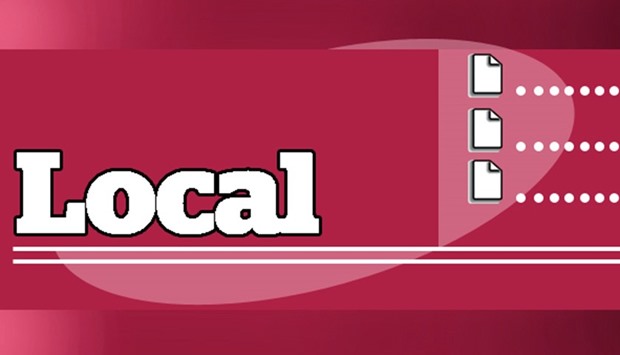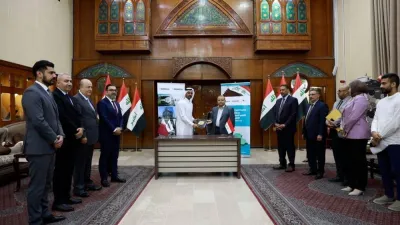“This will fuel balance sheet growth for banks in Qatar,” KPMG said.
Qatar’s banks, the report said, will also “selectively look” externally for higher returns through acquisitions and possible investment opportunities given the domestic pressures currently being faced.
On capital and fund raising, the report said, “In our view, banks will continue to look to access the capital markets for funding (through debt and sukuk issuances) and local capital issuances. The regulator will continue to implement Basel III capital requirements, and gradually phase in additional Domestic Systemically Important Banks (D-SIBs) and countercyclical buffer requirements, resulting in higher capital adequacy requirements for banks to meet.”
KPMG expects the publicly announced three-way bank merger between one listed and two unlisted banks (two of which are Islamic) to be completed after the necessary regulatory approvals are obtained this year.
“This merger announcement, which is expected to create Qatar’s second largest lender by asset size, is expected to trigger further consolidation initiatives,” KPMG said.
KPMG said it expects there to be continued control around the cost side of the business to ensure that profitable growth remains and cross-currency interest rate swap (CIRs) are maintained at low levels.
The report also sees Qatar’s banks continuing their focus on innovation and efficiency, as they look to differentiate themselves in a competitive market, given the income pressures encountered and increasing regulatory requirements (such as Basel III and IFRS 9).
KPMG head, Financial Services for Middle East and South Asia and partner at KPMG in Qatar, Omar Mahmood said, “There are a number of areas where the Qatari banking sector is ahead of other GCC countries. They are in terms of highest asset growth, highest increase in regulatory capital, one of the highest return on assets (ROAs) and return on equities (ROEs), lowest cost income ratio although highest increase in percentage terms.
He said 2017 had started a little slow, although he saw liquidity improving in addition to an improvement in pricing as banks look to improve margins while also preparing for the impact of IFRS 9.
“In our view we expect the banking sector to start growing at a faster pace in 2018 and beyond,” Mahmood told Gulf Times yesterday.




